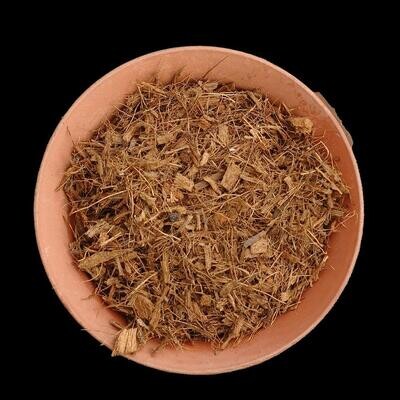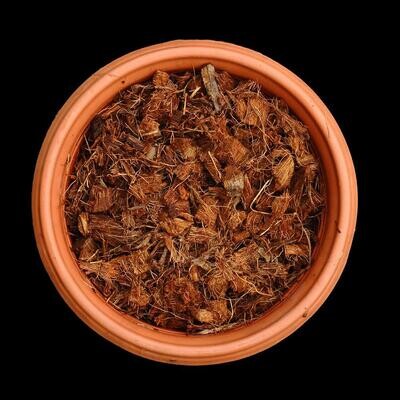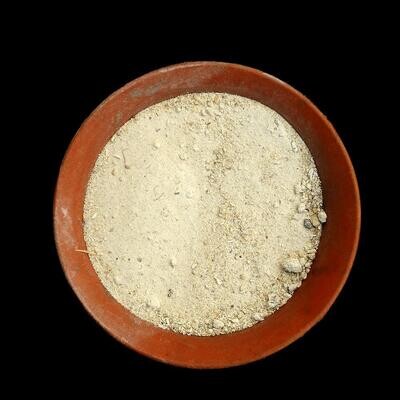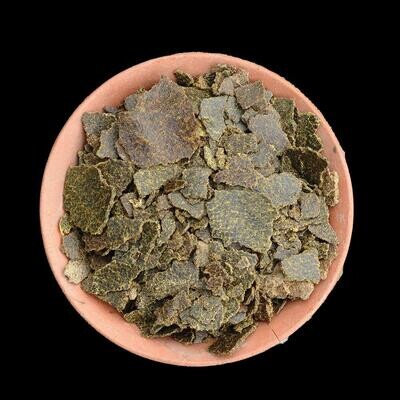Please check the Shipping Updates Page for information on shipping.
Opuntia erinacea var. ursina
Same plant as shown will be sent. Dense white spination develops with age and amount of sunlight. The mother plant pic has been placed along side.
Origin of Name
The genus name "Opuntia" originates from the Ancient Greek city of Opus, where, according to Theophrastus, an edible plant grew which could be propagated by rooting its leaves. The species name "erinacea" is derived from Latin, meaning "hedgehog-like," referring to the plant's spiny appearance reminiscent of a hedgehog. The variety name "ursina" translates to "bear-like," likely alluding to the robust and hairy appearance of the cactus, which might be reminiscent of a bear's fur.
Technical Description of Plant
Opuntia erinacea var. ursina showcases the classic pad-like structure common to the genus, with dense clusters of glochids (fine, hair-like spines) and larger, more traditional spines that can vary in color from yellow to reddish-brown. The cactus can reach substantial sizes, forming extensive clumps up to several feet high. It blooms in late spring to early summer, producing vibrant yellow flowers that occasionally have red centers, followed by purplish fruits that are both edible and attractive to wildlife.
Origin of Plant
Native to the southwestern United States, specifically in desert regions across Nevada, Utah, and northern Arizona, Opuntia erinacea var. ursina thrives in arid environments. It is commonly found in sandy to rocky soils, from valley bottoms to mountainous terrains, showcasing its remarkable adaptability to harsh conditions.
Conservation Status
Currently, Opuntia erinacea var. ursina does not face any immediate threats that could compromise its population significantly. It is not listed on the IUCN Red List of Threatened Species, indicating that it has a stable population in its native habitat. Nonetheless, like all desert flora, it could be susceptible to the overarching impacts of climate change and habitat destruction.
Care Instructions
Opuntia erinacea var. ursina is well-suited for xeriscaping and rock gardens, offering a touch of desert beauty to landscapes and collections. It prefers full sun exposure and well-draining soil to mimic its natural habitat. Water sparingly, allowing the soil to dry completely between watering sessions, and reduce frequency during the winter to prevent root rot. Hardy to USDA zones 8b through 11, it requires protection from frost in cooler climates. Propagation is straightforward, typically achieved by detaching pads and allowing them to callous over before planting.





